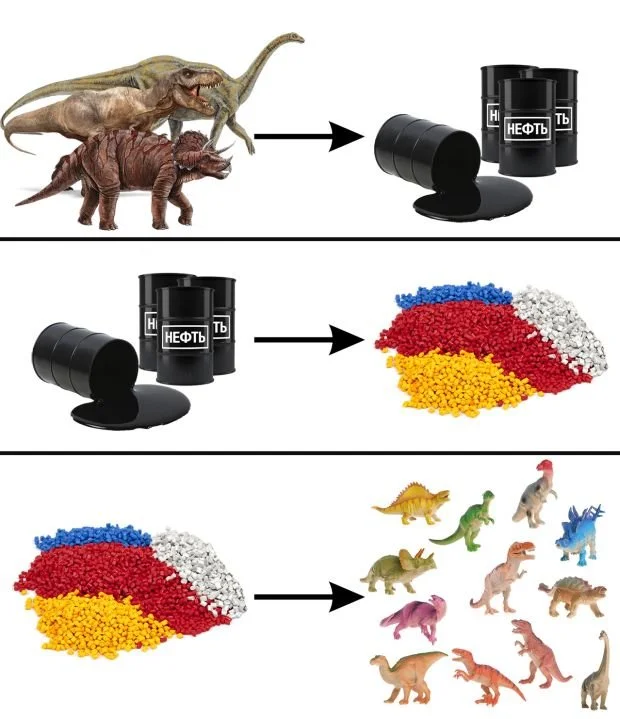Amphibian Populations of London is a computational art piece made of three hand-sized sculptures. The sculptures are made of sugar and coated in resin and emit light pulses corresponding to populations of amphibians recorded at different sites across London. The relative health of these populations is represented in the form, colour and pulse patterns of the sculptures.
Can living things be represented through data? And if so, what are the traits a non-biological object requires to convey this sense of life?
I wanted to develop a visual language that conveys information yet retains a connection to the underlying phenomena that the data used represents.
The dataset used was recorded sightings of amphibians around London and represented through pulse patterns of light through translucent sugar sculptures. Amphibian skin and body shapes share a visual and physical aesthetic with molten and manipulated sugar, and so a new visual language was developed. Amphibians are also a key indicator species for pollution in the air and water; their semi-permeable skin makes them highly vulnerable to toxins in the environment. A reduction in the number of amphibians in an area therefore indicates higher pollution. As a resident of London, I was curious to see which areas had higher populations as a possible indicator of environmental health.
I question the validity of citizen science as anything more than a leisurely pursuit of the affluent and well educated
have a suspicion that people who have the leisure time to record amphibian sightings are generally wealthier and happen to live in areas that have more green spaces and less pollution, and so this data set is potentially more representative of affluence than amphibians!
Nevertheless, because of the reverence placed on data-as-truth, datafication of the natural world seems like the most effective way to influence public policy.
Exhibited at Goldsmiths.




